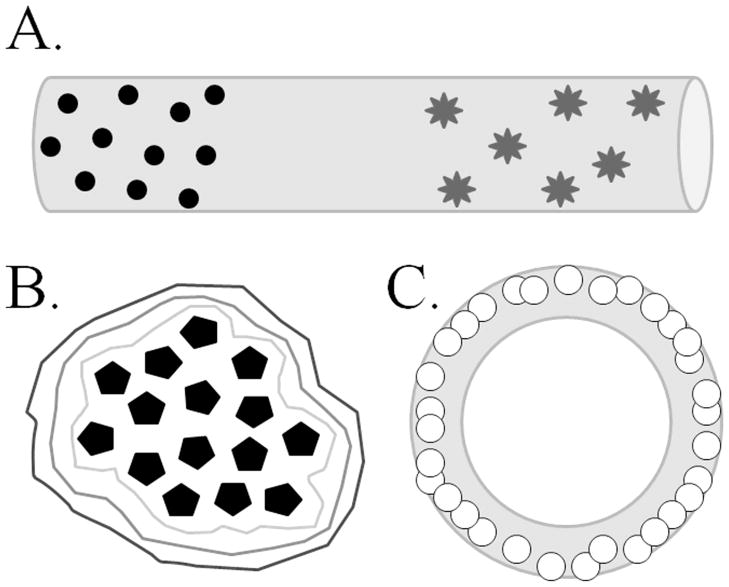Figure 1. Hydrogels can be used to encapsulate cells, microparticles, or therapeutics for multiple delivery purposes.
The hydrogel material should be formulated to provide a specific benefit to the encapsulate or host, such as protection from the immune response for encapsulated cells, spatial seclusion of trophic factors, or temporal release of therapeutic compound. (A) Illustrates the use of a hydrogel strand to deliver two different types of microparticles in a spatially- and temporally-defined manner. Lampe, et al. (2011) employed PLGA-based microparticles loaded with BDNF (circles) or GNDF (stars) with differing release kinetics encapsulated within PEG-based hydrogel strands to demonstrate defined release of protein from the hydrogel into the tissue (see text for more details). (B) Wilson, et al. (2008) used the layer-by-layer formulation technique to encapsulate pancreatic islets (pentagons) within layers of different formulations of hydrogel (encompassing lines). The authors fluorescently labeled the different hydrogel formulations to distinguish layers around the islets. The ability to form multiple unique layers of hydrogel around an encapsulate suggests the potential for each layer to contribute a specific, distinct function for both the encapsulate and the host tissue. (C) Using centrifugal casting methods, Mironov, et al. (2005) used HA-based hydrogel seeded with cadiovascular progenitor cells (small circles) to produce hydrogel tubes lined with cells. The overall shape of hydrogel structures, such as tubes or conduits, allow for the production of specialized tissue structures, such as blood vessels or conduits for axon bundles.

